Artificial intelligence’s growing electricity demand is reshaping regional power infrastructure and policy decisions.
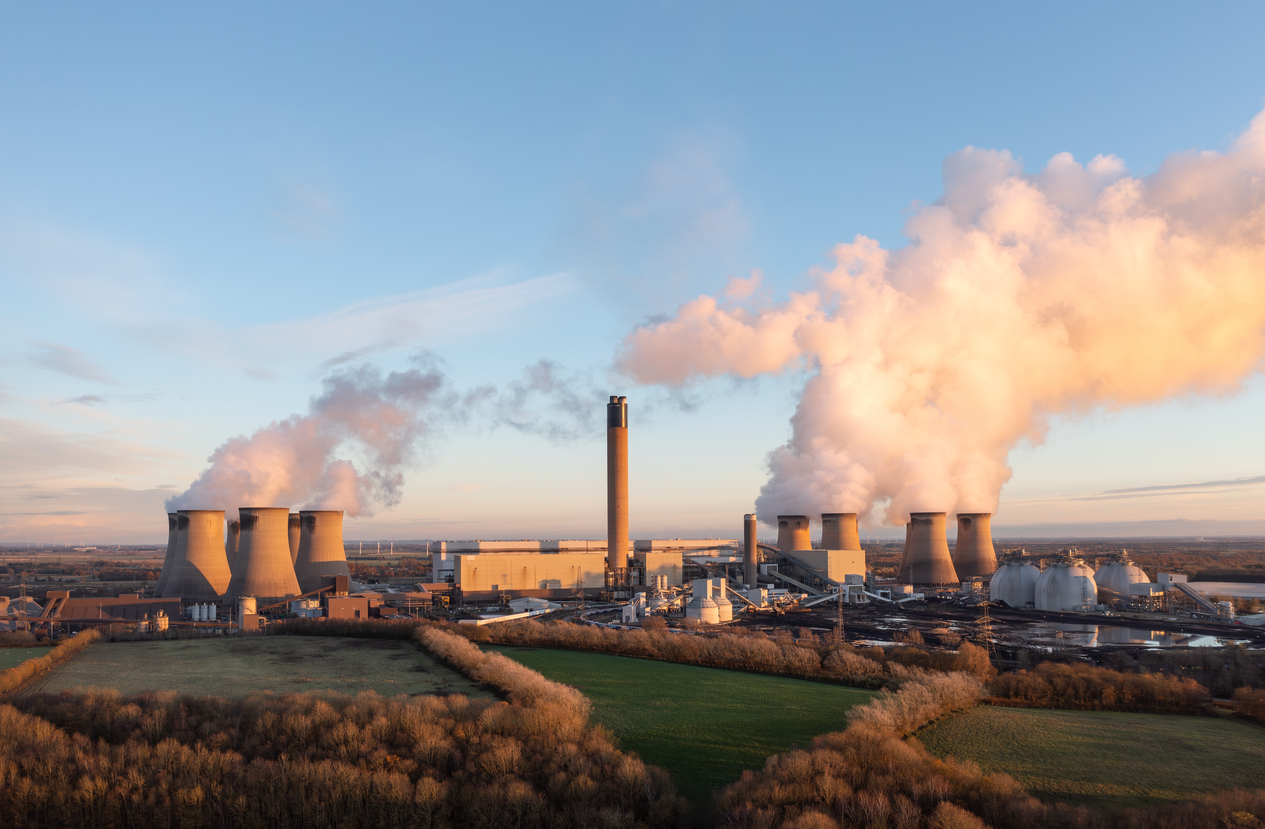
The rapid expansion of artificial intelligence technologies is changing how energy is consumed and managed across the United States. With AI systems requiring substantial computational power, their energy needs increasingly impact data centers and the power grid. This shift calls for updates to aging electrical infrastructure and a greater emphasis on renewable energy integration. Experts from the US Department of Energy and the National Renewable Energy Laboratory emphasize that addressing these challenges is essential for a sustainable and reliable energy future.
1. Increased energy consumption drives demand for expanded power generation facilities.

Expanded power generation facilities become increasingly necessary as energy consumption rises. AI technologies, with their demanding computational processes, require substantial energy. Additional power plants may need to sprout like steadfast sentinels along the landscape, offering reliable power streams.
Regions may face strategic decisions about integrating sustainable energy sources. Harnessing natural resources like wind or solar can fill this widening energy gap, lessening non-renewable dependency. As AI continues its rapid evolution, aligning energy infrastructure with these burgeoning demands becomes critical for the future.
2. Rising AI workloads contribute to higher electricity use across data centers.
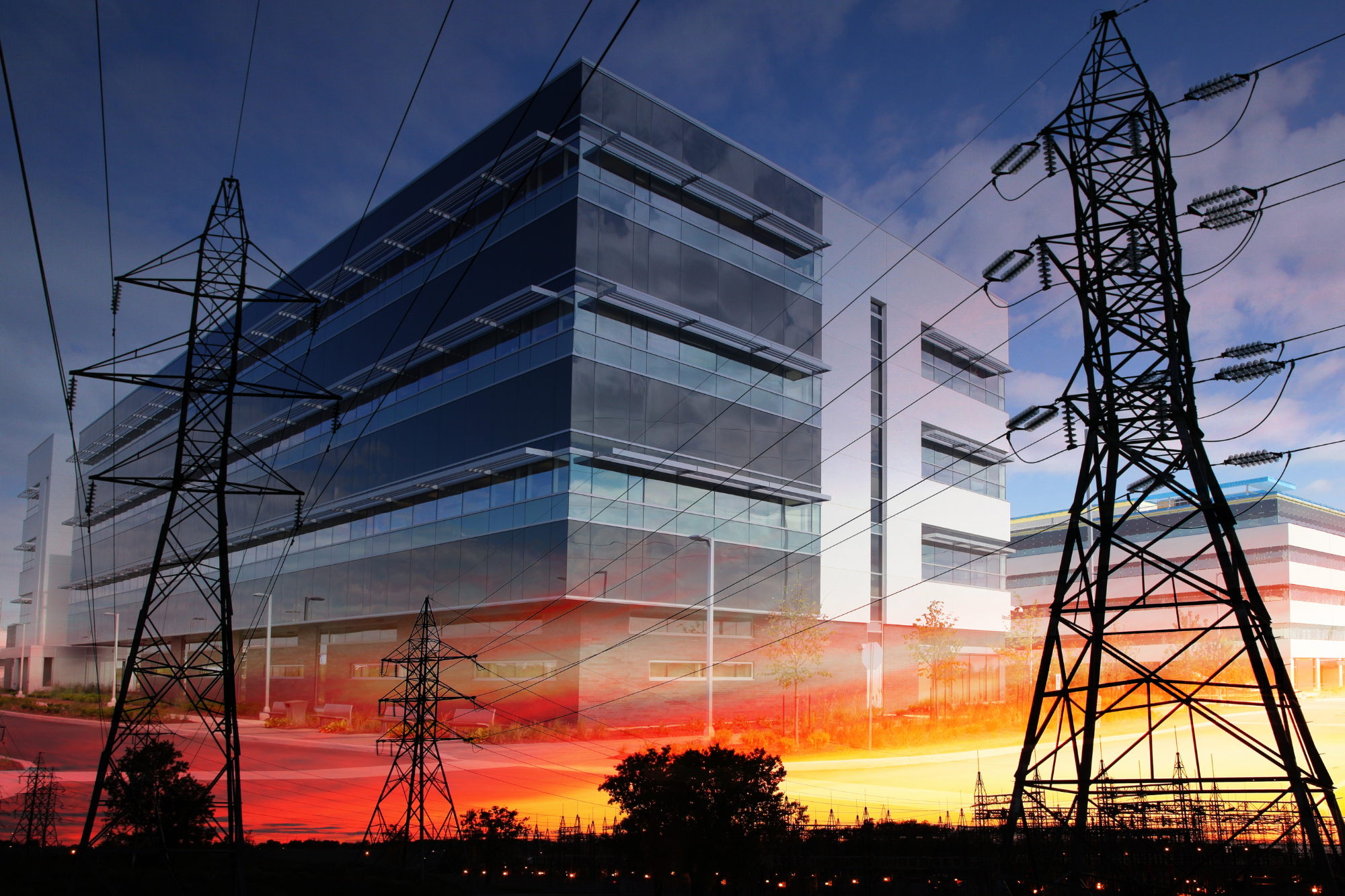
AI workloads contribute significantly to electricity usage within data centers. The rising computational power needed for tasks like machine learning swiftly compounds energy demands. With humming servers packed into data centers, the electricity drain reaches new heights.
Data centers, often clustered in certain regions, intensify local grid stress. This increased demand might necessitate creative energy solutions to cover varied operational needs, potentially spurring innovation. Shifts in energy use reflect broader tech-driven changes impacting the infrastructure of areas home to these data hubs.
3. Geographic shifts in AI data hubs alter regional power distribution needs.

Geographic shifts in AI data hubs are altering regional power distribution needs. As many data centers migrate to areas with favorable conditions, power requirements inevitably change. States geared to handle such influxes may encounter diverse energy challenges.
Regions traditionally reliant on coal-derived power might lean toward renewables to ease pressure. With AI data hubs influencing where power is directed, regional energy landscapes evolve to meet these AI-related demands. The transition helps modernize infrastructure, aligning with future energy trends.
4. Greater reliance on AI accelerates the integration of renewable energy sources.
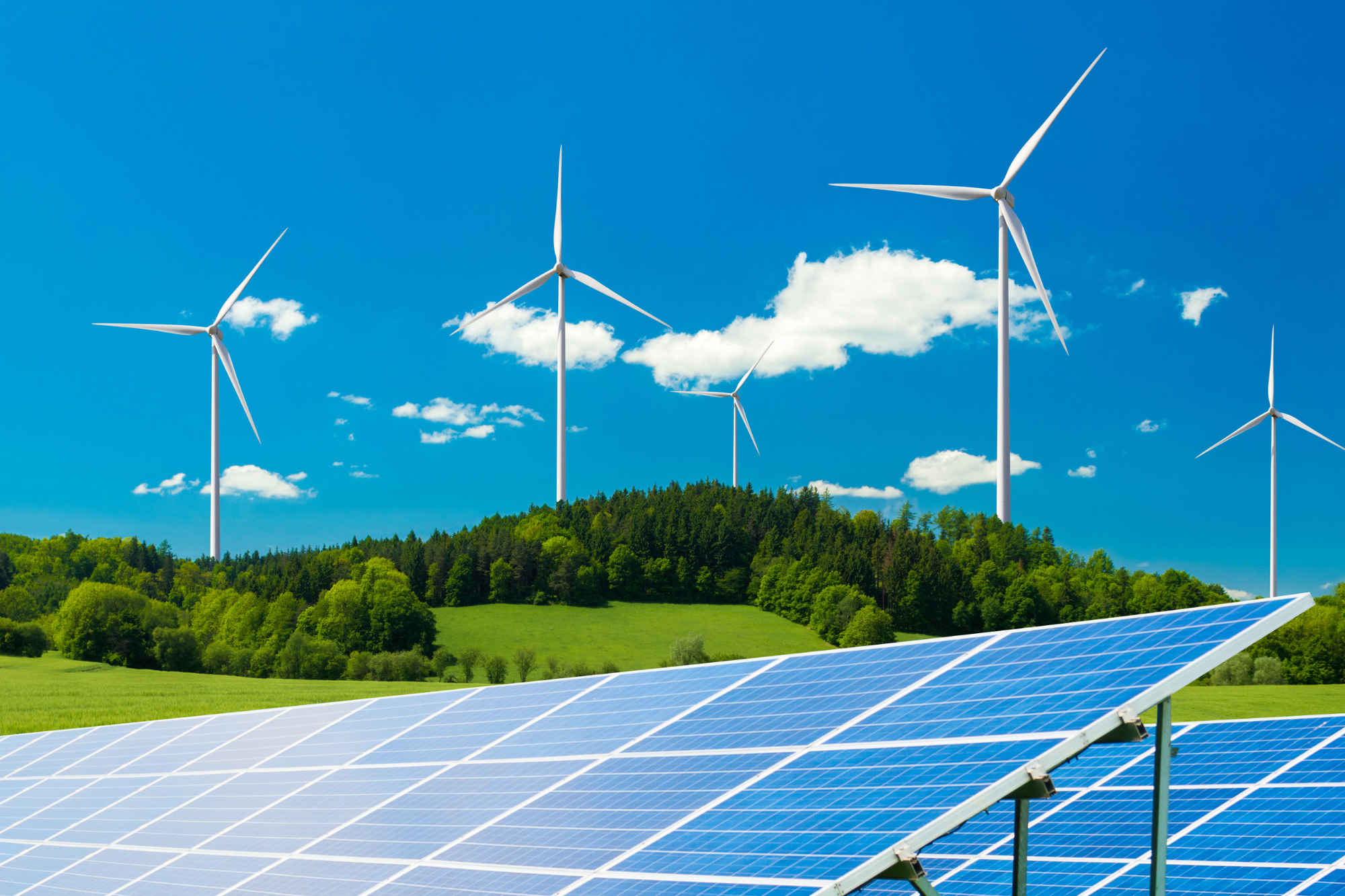
AI reliance shifts energy dynamics towards integrating renewable sources more rapidly. AI’s energy thirst nudges utilities and policymakers to consider scaling up renewables. Wind and solar setups capture attention with the promise of sustainable power supplements.
Integrating renewables supports reducing fossil fuel reliance amidst rising demands. Potential to streamline resource use presents an appealing case for investment in smart energy solutions. AI continues its ascent, driving a synergy between tech advancements and eco-focused practices.
5. Expansion of AI infrastructure prompts upgrades to aging electrical grids.
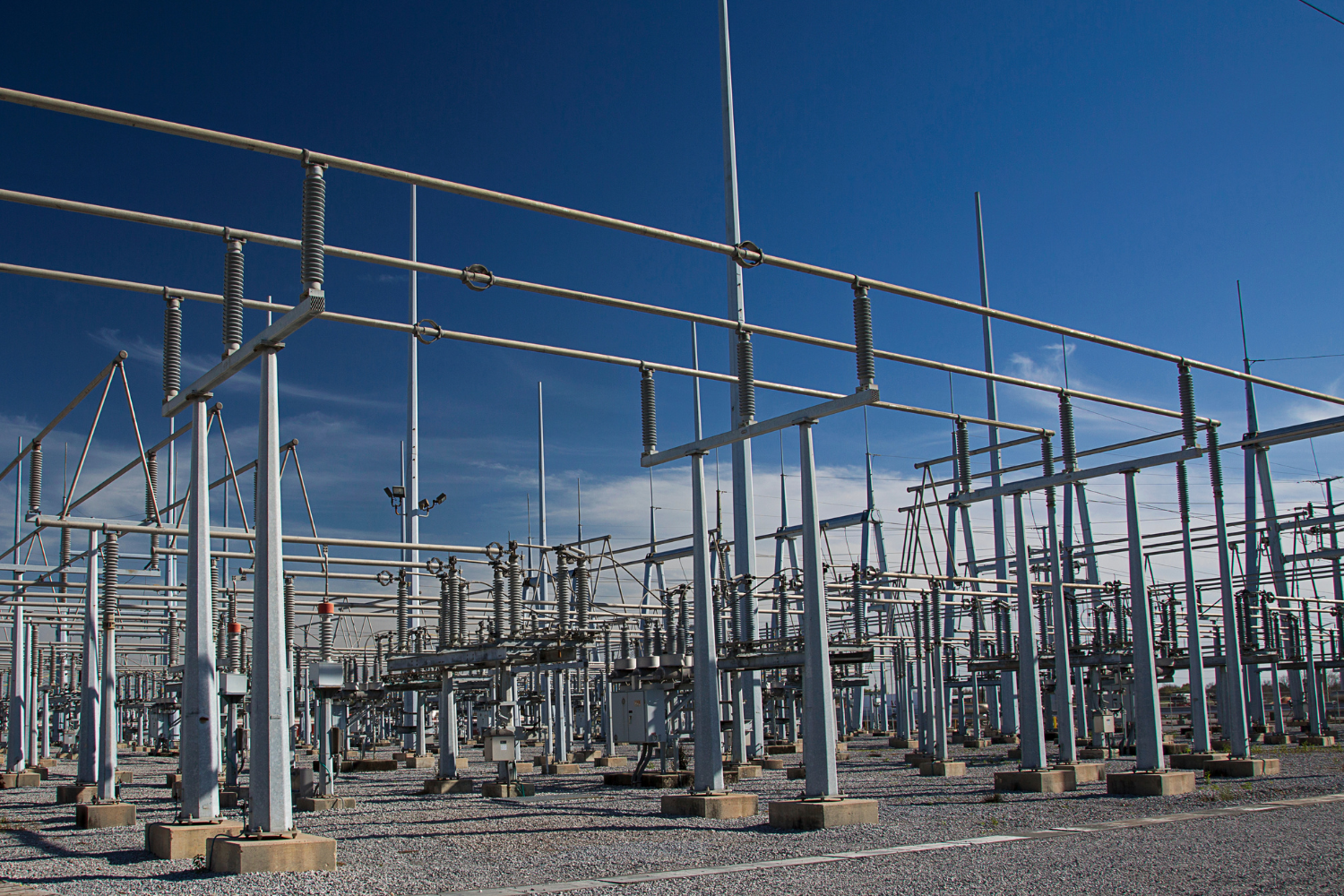
Expanding AI infrastructure often triggers upgrades to electrical grids that are aging. With growing energy demands, outdated grid systems struggle to accommodate. Updating equipment is crucial to avert power bottlenecks and ensure efficient electricity flow.
Investments in modern grid solutions offer benefits beyond current demands, future-proofing systems. By replacing old transformers and reinforcing lines, energy delivery becomes more resilient. Improved infrastructure supports ongoing technological growth, encouraging broader regional development as AI proliferates.
6. Energy-intensive AI systems heighten concerns over carbon emissions in power generation.
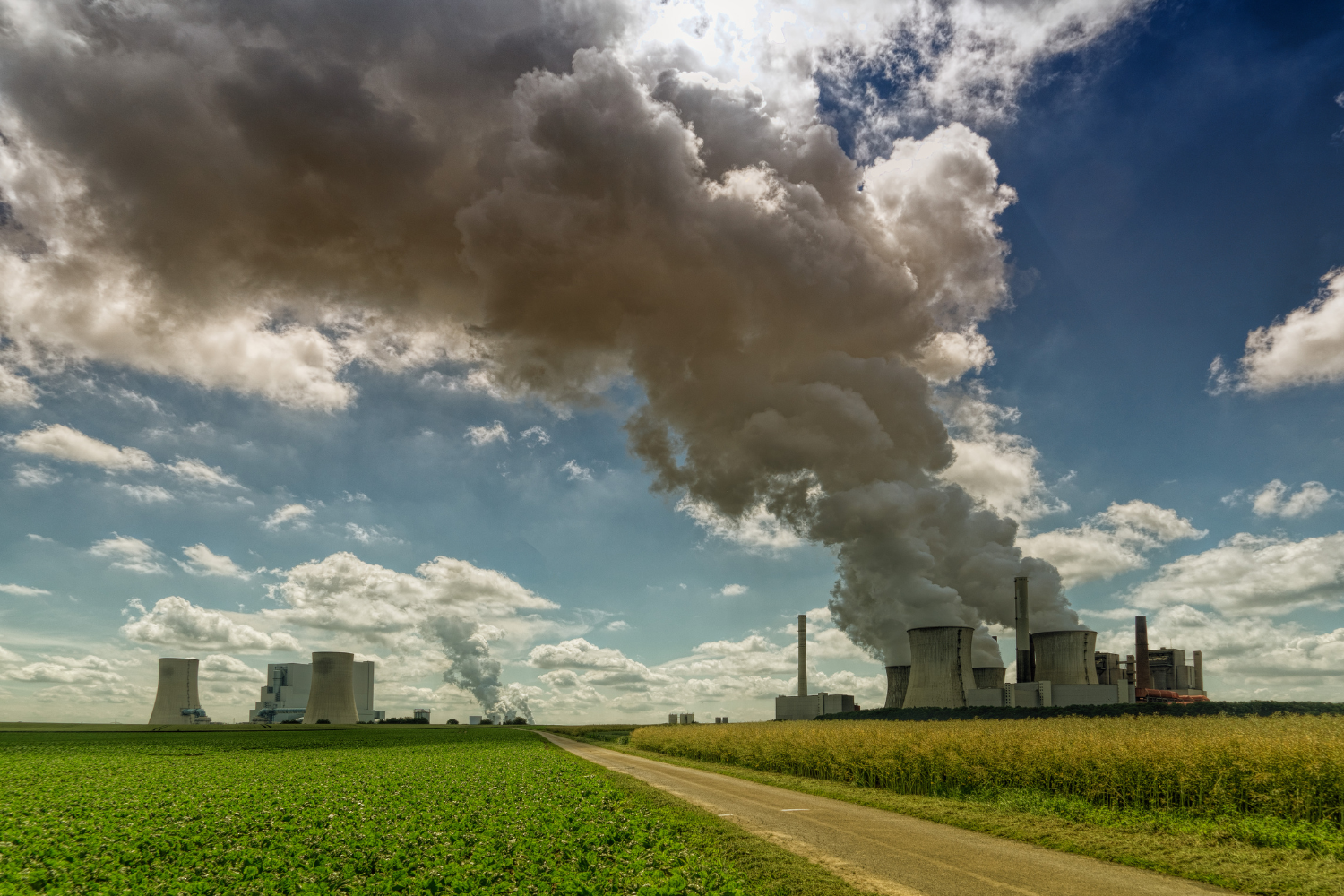
AI systems, with intensive energy demands, heighten carbon emission concerns tied to power generation. Fossil fuel-reliant grids might face increased scrutiny under such amplified usage. Key decisions arise regarding energy source preferences and sustainable practices.
Balancing high energy loads with clean power supply becomes vital. Highlighting environmental impacts of traditional power, these demands accelerate transitions toward greener alternatives. Technology sectors must examine deeper grid implications, navigating toward cleaner, efficient energy motorways.
7. Fluctuating AI usage patterns create new challenges for power supply stability.

Fluctuating AI usage patterns create unique challenges for maintaining power supply stability. Unlike steady consumption, AI-triggered spikes can cause deviations in grid equilibrium. Utilities find it increasingly complex to predict and regulate these erratic patterns.
Planning for variable AI demands requires adaptive strategies and reserve capacity. Ensuring the grid remains stable becomes paramount in such dynamic conditions. More agile systems may emerge, designed to swiftly respond to changes, fostering reliable power delivery despite routine upheavals.
8. AI advancements encourage investments in smart grid technologies and efficiency.
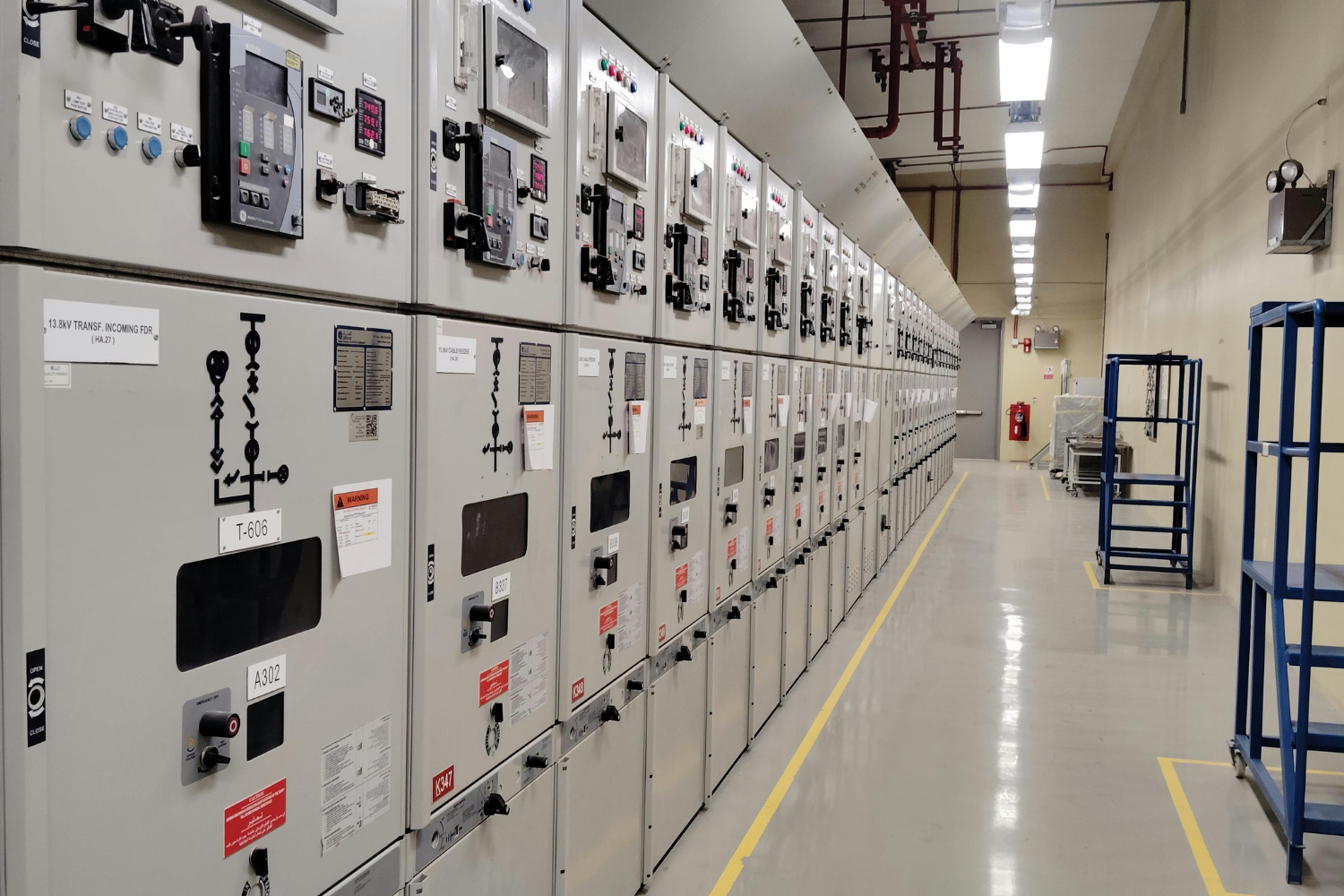
Advancements in AI are spurring investments in smart grid technologies and boosting efficiency. Forward-thinking approaches focus on integrating intelligent systems into traditional setups. This modernization offers more seamless monitoring and distribution of electrical flow.
Efficiency gains can improve energy management, particularly during AI-induced peaks. Smart grids enable real-time data exchanges, optimizing use patterns while reducing waste. Such enhancements align well with evolving needs, helping utility operators and tech partners harmonize optimally.
9. Increased power demand from AI influences regional energy pricing and policies.
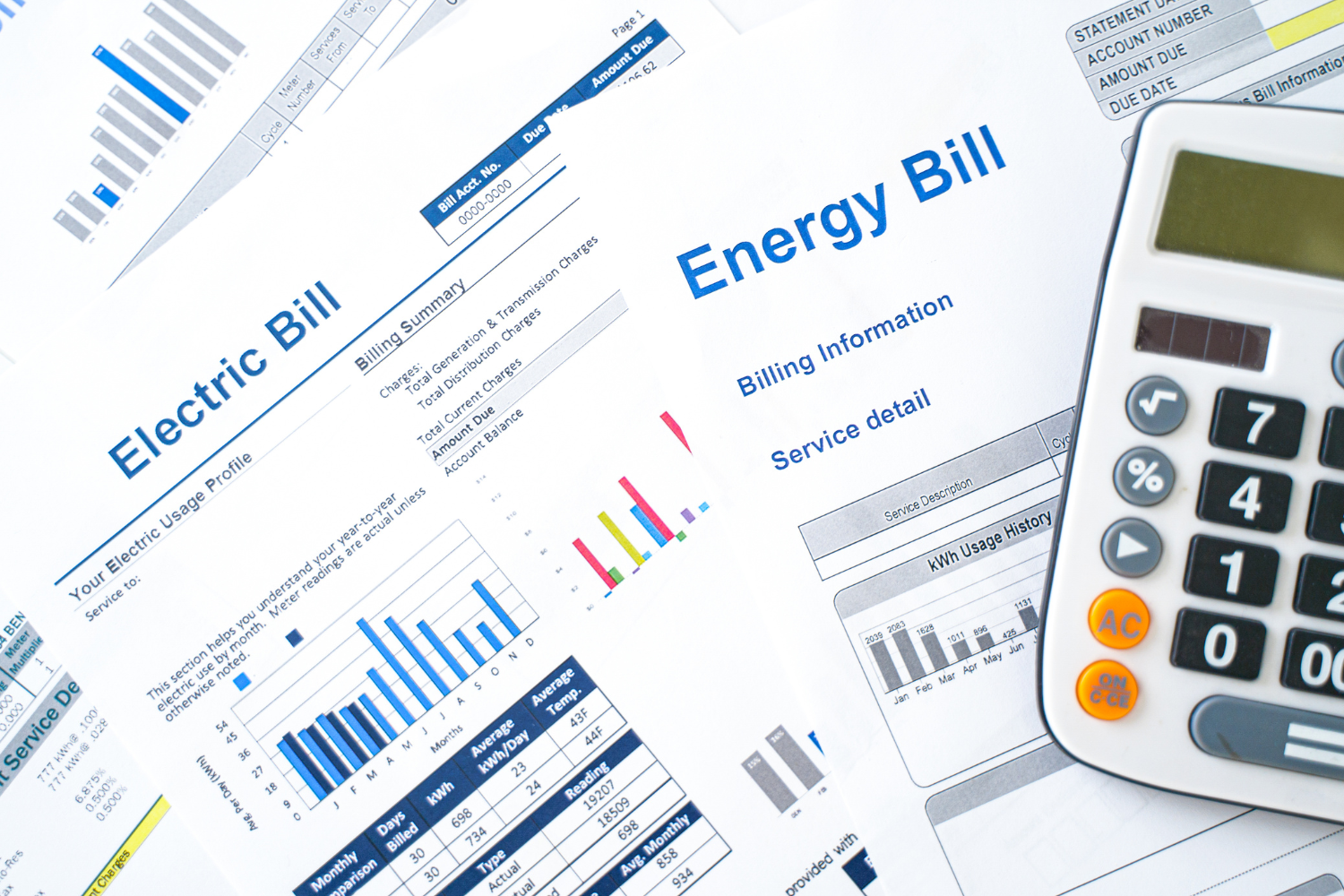
Increased power demand from AI significantly influences regional energy pricing and policies. As computational loads grow, utilities adjust rates to reflect usage. States work to craft legislative responses addressing new consumption patterns visible within power metrics.
Adapting policy frameworks ensures equitable allocation of resources without excessively burdening consumers. Balancing economic incentives with technological evolution fosters ongoing development tailored to AI needs. Collaborative approaches allow regions to accommodate advances thoughtfully and sustainably.
10. Energy consumption by AI stimulates innovation in battery storage solutions.
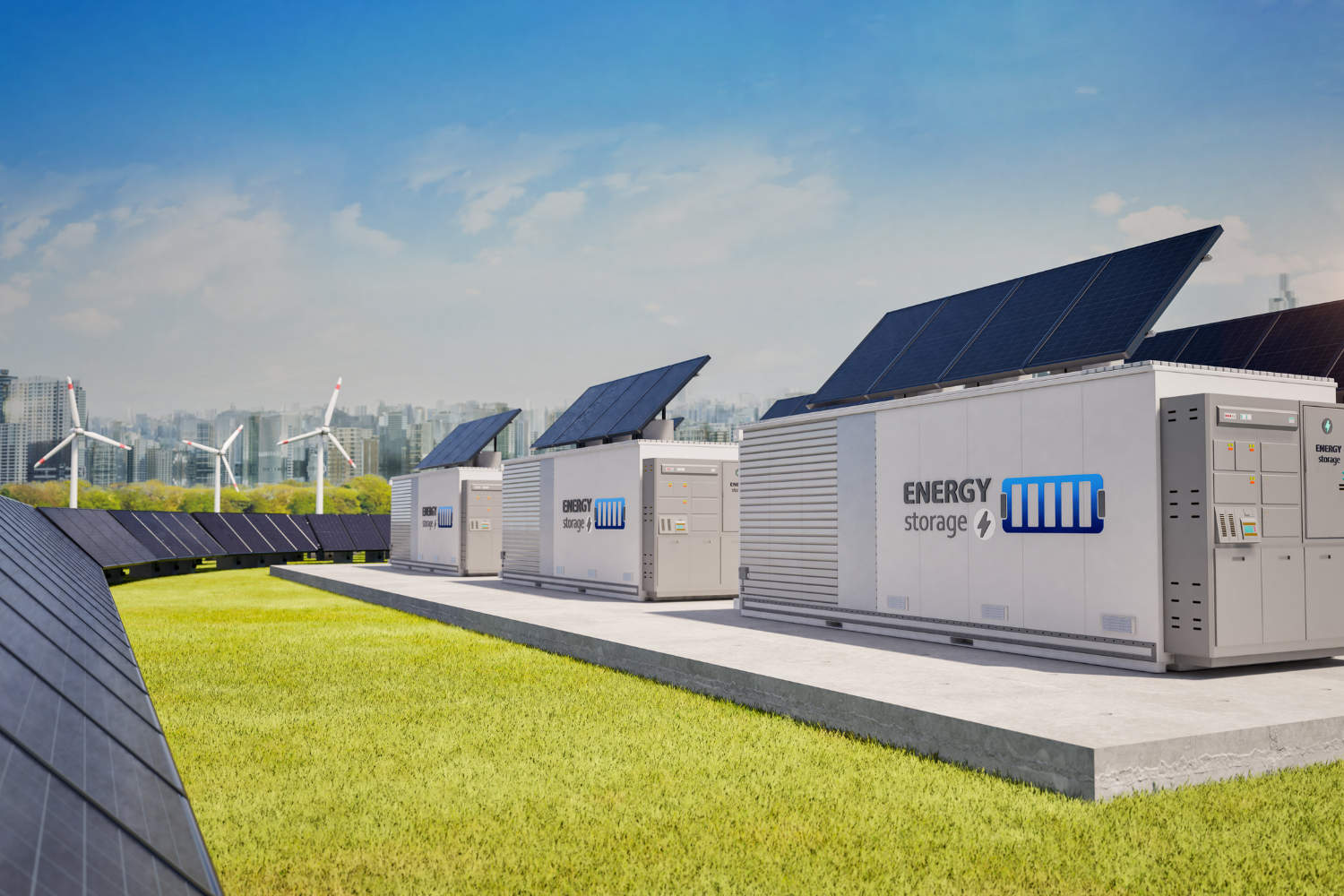
Energy consumption by AI propels innovation in battery storage solutions. Energy reserves capable of handling AI’s sporadic power surges are in high demand, encouraging new designs. Advanced batteries promise to mitigate grid pressure during peaks, offering a buffer.
Enhanced storage solutions also support integrating more renewables quickly. They provide flexible load-leveling, easing fluctuations by storing surplus energy for future use. As AI drives forward, poised at intersections of technology and energy, storage advancement promises smoother power transitions.
11. AI-driven energy forecasting improves grid management and reduces waste.

AI-driven forecasting enhances grid management by accurately predicting power needs. Traditional models gain sophistication with neural networks spotting trends from immense data volumes. This refined understanding helps reduce waste through informed resource allocation.
Dynamically adjusting supply to demand becomes more achievable, optimizing essential services. With smarter predictions, grids face less strain from unexpected surges. The seamless blend of AI and energy tech inspires improved operational efficiencies, benefiting diverse communities.
12. Growing AI power needs inspire collaboration between tech and utility sectors.

Growing power needs from AI spark collaboration between tech firms and utilities. These partnerships strive to meet diverse energy challenges as use patterns shift. Joint ventures blend expertise, aligning objectives for sustainable energy pathways.
Coordinated efforts enable better resource planning, from generation to consumption. Sharing knowledge and solutions fosters a mutual understanding of evolving demands. This united focus empowers industries to adapt gracefully to technological advances defining modern landscapes.
